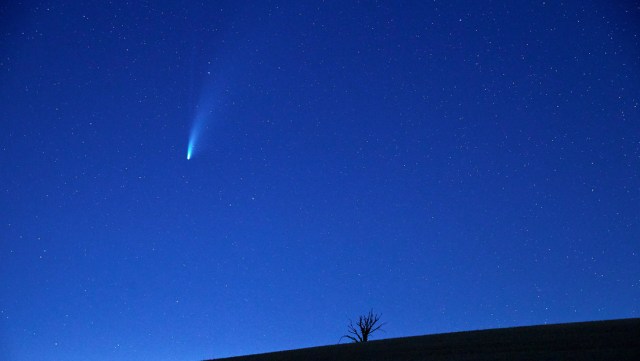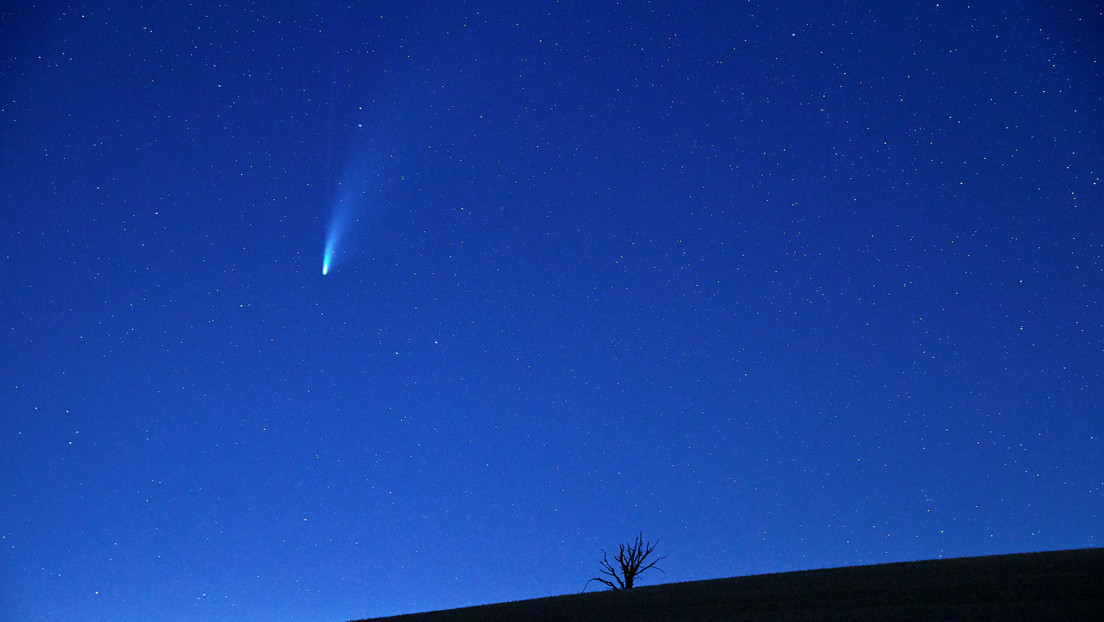Lapadilla

A large and hitherto unknown stellar object is approaching Earth from the distance of the solar system, and astronomers estimate that it will make its closest approach when it orbits Saturn in 2031.
Kristen 2014 UN 271, a large celestial body discovered by the International Cooperation Dark Energy Survey (DES) program, may be the largest detector approaching the sun.
The discovery was announced on June 19, thanks to data provided by the Minor Planets Electronic Circulars (MBEC) program from NASA’s Financial Research Center. According to scientists spread across social networks, the asteroid body made of rock and ice is 100 to 370 kilometers in diameter.
The object was discovered as part of a full six-year DES data search for trans-Neptune objects. This is my second data processing, using DES for the first four years (https://t.co/an7Dd5kFEN) And found 316 objects. The entire search found more than 800 objects
– Dr. Point Pedro Bernberdinelli June 20, 2021
According to data analyzed in recent years, matter moved from 23 AU to 20 AU between 2014 and 2018 (an AU or astronomical unit is the average distance between the Earth and the Sun). Bernardinelli, astronomer at the University of Pennsylvania (USA), released a pixelated image of the object.
2014 UN271 A large comet, as large as a dwarf planet. It falls from the Ort cloud to our planet. It will reach 10.1 AU in 2031, slightly farther away than Saturn.https://t.co/gbjOAK1Kd4 pic.twitter.com/QWPOglkYCq
– Tony Ton (Tony 873004) June 21, 2021
For his part, astronomer Sam Dean suggested that as the 2014 UN271 approaches the Sun, it will begin to show its characteristic comet tail, and will be “impressively bright” as it approaches its approach.
Updated several times, the “megacometer” orbit is very rare, especially since it takes nearly 6,000 years for distant peaks to end. In terms of its size, it is also believed to be one of the largest objects in the Earth Cloud, leading some scientists to compare it to a dwarf planet.
After entering Saturn’s orbit at 10.1 AU, 2014 UN271 will begin to return to the outer cloud at the outer edges of our solar system.





:quality(85)/cloudfront-us-east-1.images.arcpublishing.com/infobae/KTKFKR763RBZ5BDQZJ36S5QUHM.jpg)